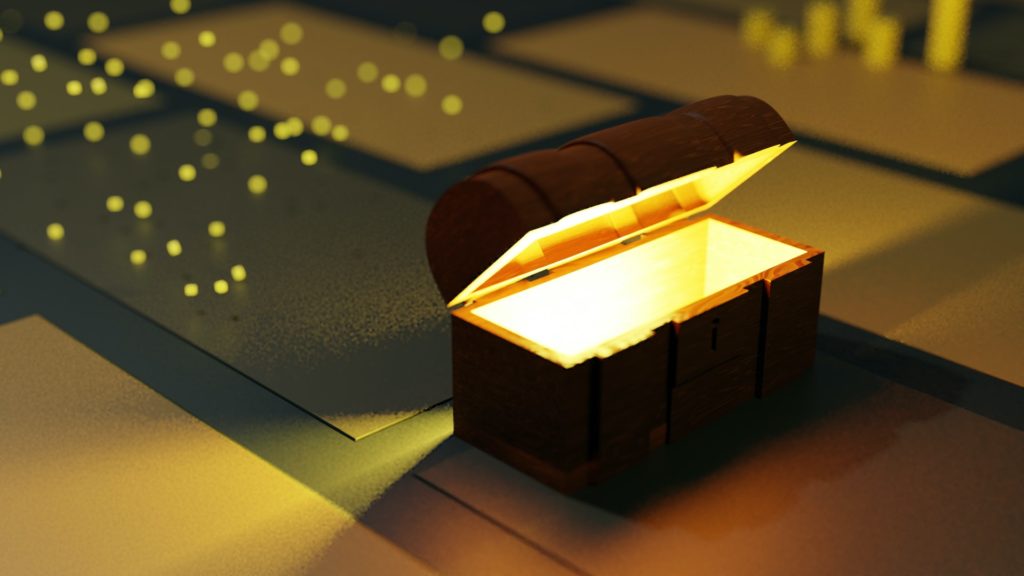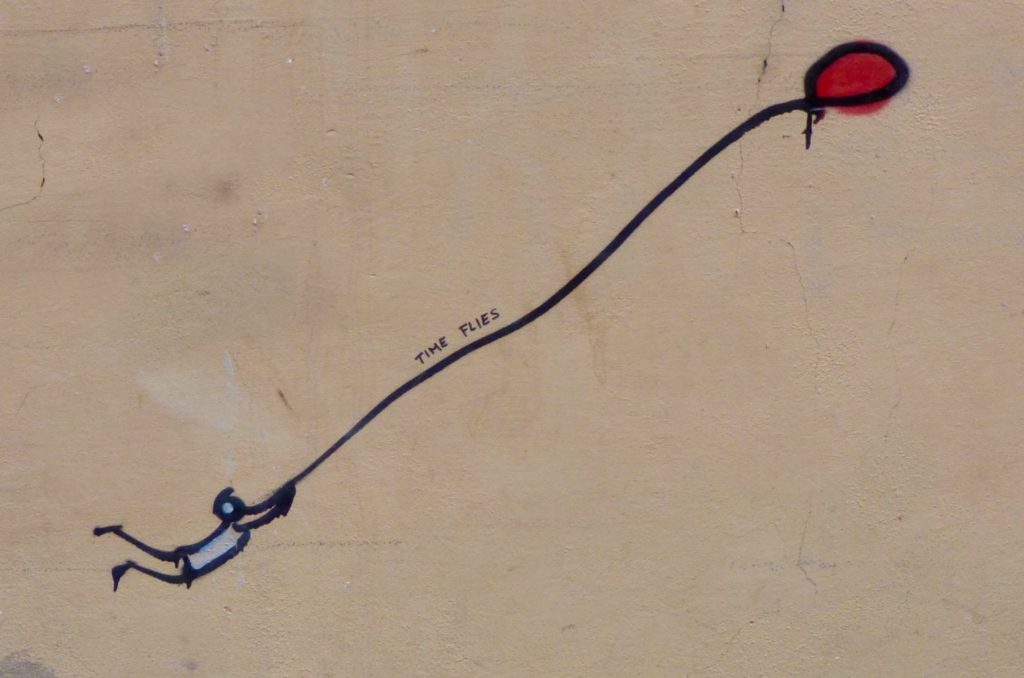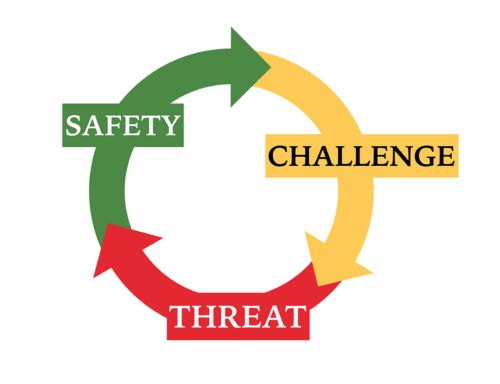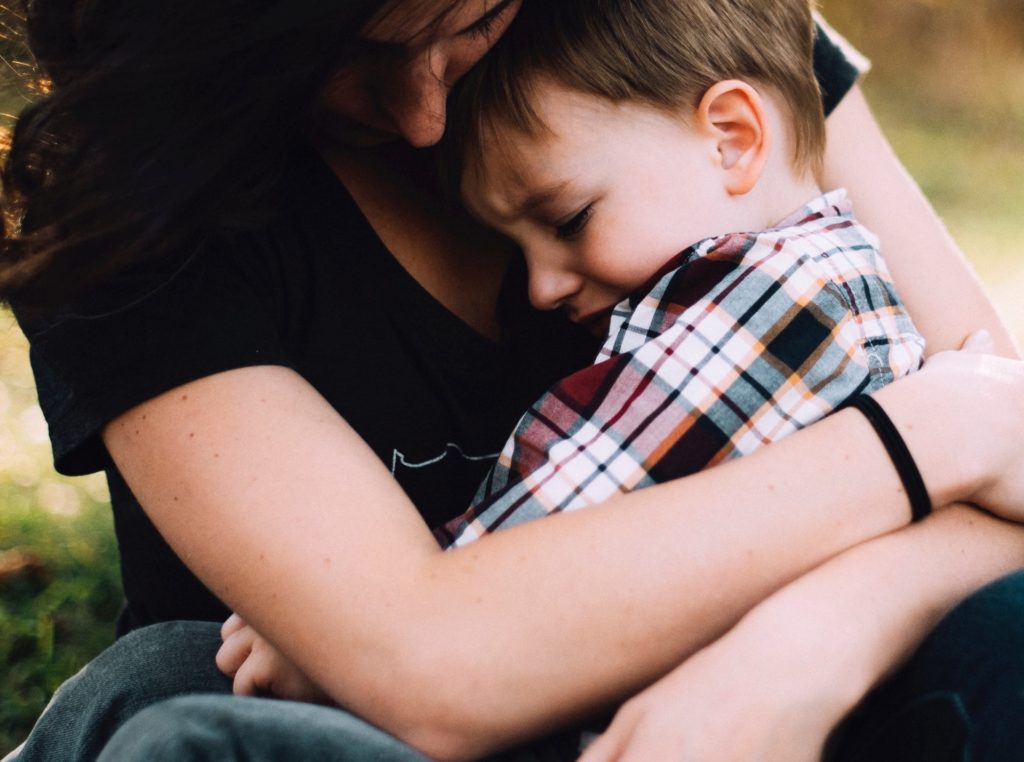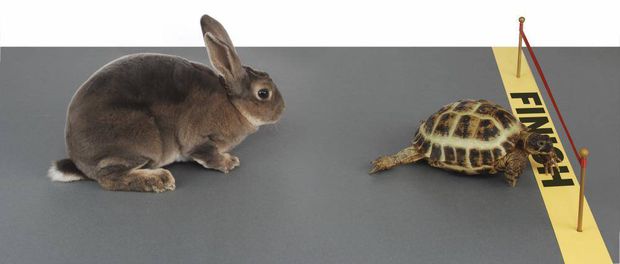A member of our year-long Weighless Program recently approached us with a dilemma. “Hannah” prefers not to eat animal products, due to ethical concerns. And yet she is finding it difficult to get enough protein without getting too many calories.
“It sounds like the protein requirements will only get higher as I get older, while my calories needs may get even lower. If I don’t want to sacrifice my health or muscle mass (or even if I just want to weigh less right now), am I going to need to eat chicken and/or fish? “
I don’t think we need to choose between our health goals and our values. But there will likely be some tradeoffs. After all, we’re solving for a lot of bottom lines here:
- desire to avoid animal products
- desire to maintain muscle mass
- desire to weigh less
- desire to enjoy life
Optimizing for any two of these (much less all four) is definitely going to be a balancing act.
It’s certainly possible to get enough protein without including animal products in your diet. But plant-based sources of protein tend to be significantly higher in calories than the same amount of protein from animal sources. So you’ll probably have fewer discretionary calories to spend on food choices that are not simply about meeting nutritional needs.
[Compare the protein density of various animal and plant-based sources.]
Fortunately, this is not an all-or-nothing situation. Even if you’re not getting the “ideal” amount of protein at every meal (or ever), getting a bit more protein, more often, can move you toward your goals. If you can tweak the protein content of your typical meatless meals from 5-6g to 18-20g (or even 10-12g), that’s a major gain in terms of muscle protein synthesis.
See also:
How to build muscle on a plant-based diet
and
Keep in mind that the amount of strength training and weight-bearing exercise you do is also going to have a big impact on your lean muscle retention, independent of your protein intake (although the two definitely work together).


